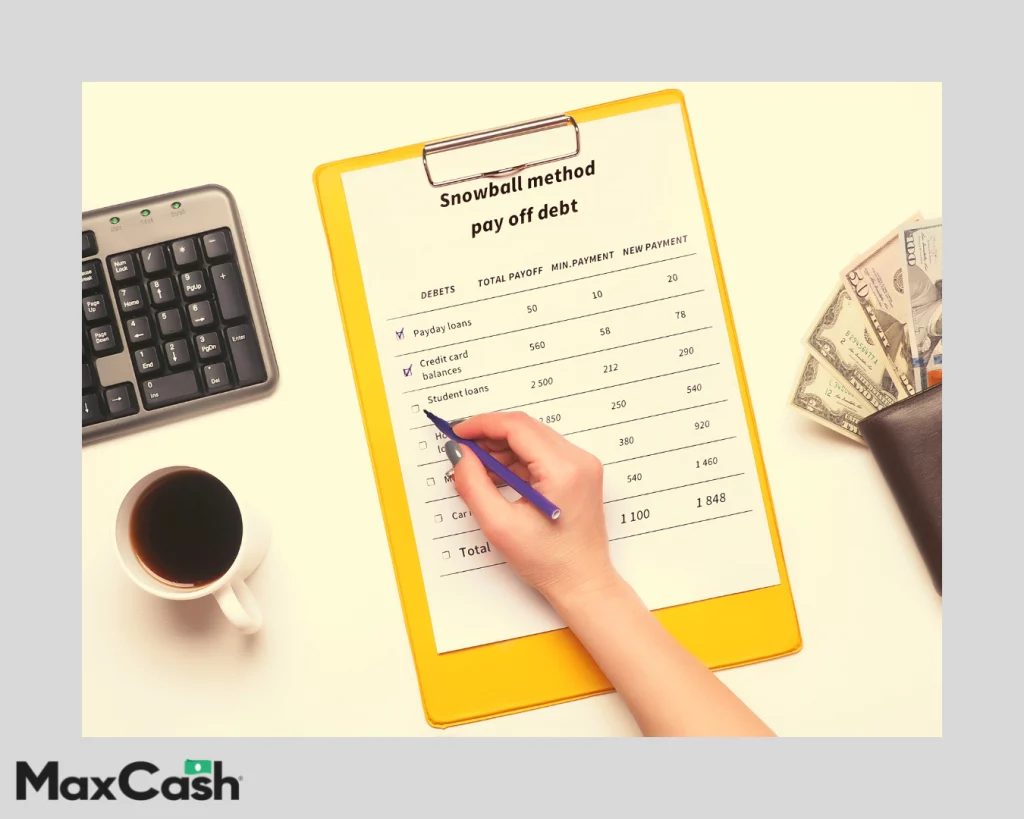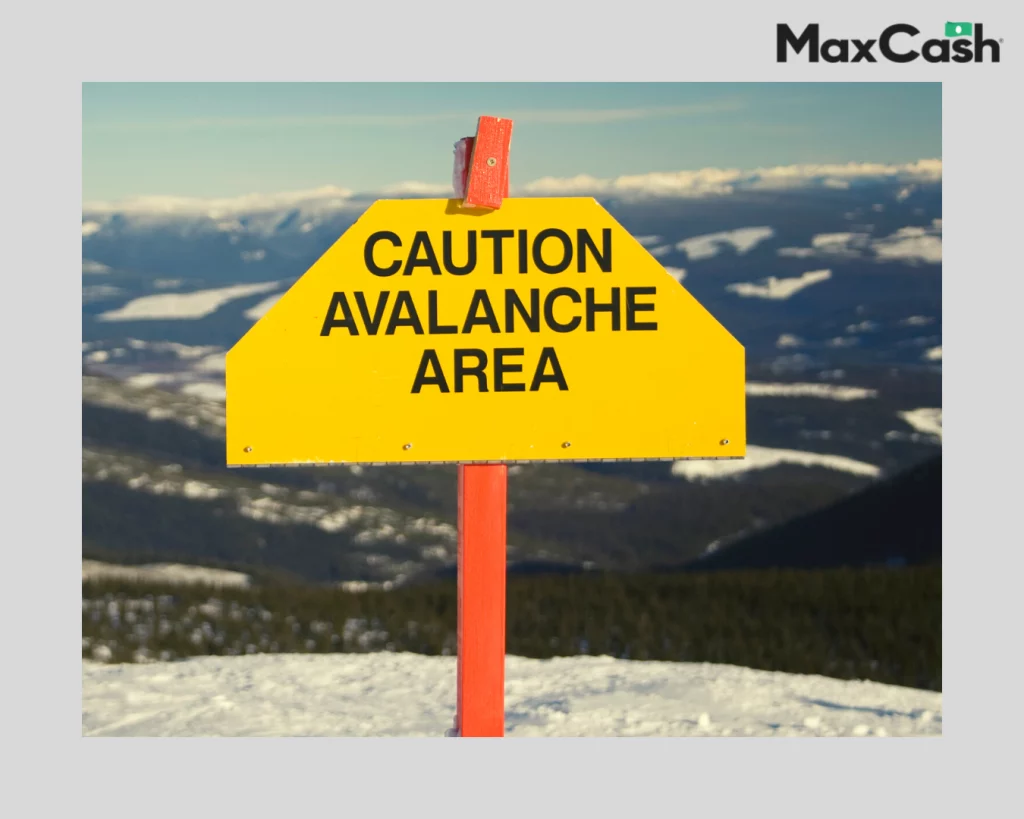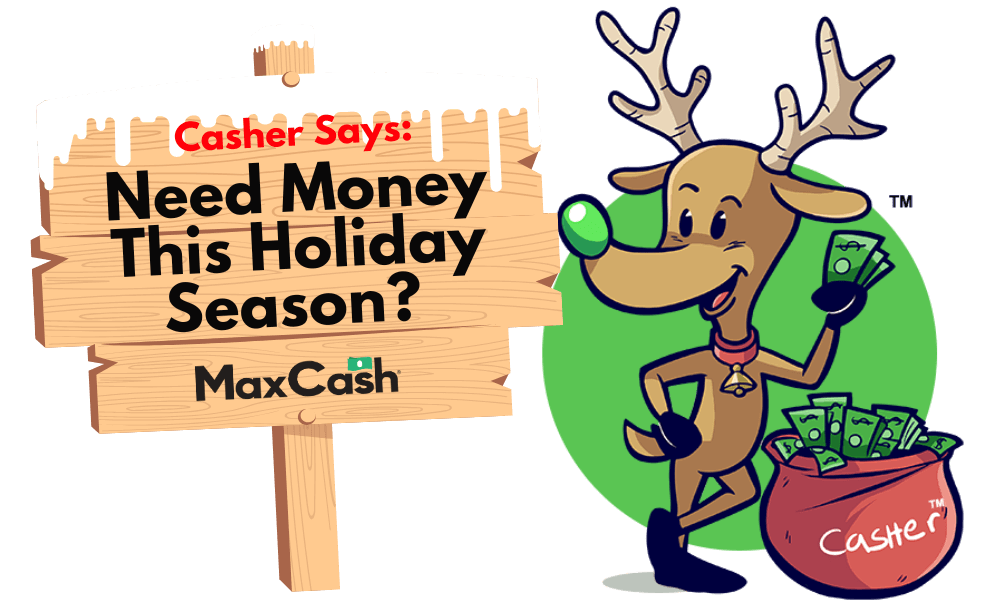How Can The Snowball And Avalanche Methods Help?
If you have a lot of debt and struggle to pay it off or pay all of your bills every month, it can feel overwhelming or even hopeless. But there are ways of conquering your debt and taking that weight off your back. Both the Snowball and Avalanche methods of debt reduction prove to function as reliable ways to pay off your debts and get control of your finances.

Max Cash® will explain these two methods, as well as the differences and pros and cons of each. We will also go over other tips to help control your debt and spending. With a little bit of discipline, anyone can get their debt back under control. If you follow these suggestions, you’ll have your debt well in hand in no time at all.
The Snowball Method
The snowball method of debt reduction likely came first as a codified way to handle paying off debts effectively. Simply put, you pay off your debts in the order from smallest to largest. As you pay off each debt, you use that extra money to put toward the next one, and so on. Hence, why the name snowball method, as you slowly snowball your way to bigger and bigger debts. The strength lies in the simplicity and in the psychological impact of seeing progress fast. You can easily do the snowball method yourself without any more help than understanding the steps.
First, list out all of your monthly bills, including groceries and rent/mortgage. You still need food and shelter as you pay down your debts. Once you have how much you are spending on essentials, put that aside. See how much you have left to pay debts. Then list all of your debts and include who you owe as well as the balance and minimum monthly payment for each one.

Second, order each of these payments from the smallest to the largest. Take however much you have left from your monthly budget and put it all toward extra on the smallest amount. This should pay off the smallest debt fairly quickly.
Third, and basically the last step, once the smallest debt is paid off, apply the minimal and extra to the next largest debt on the list. Repeat this process until all of your debts get repaid.
The first few debts tend to go quickly under this method, but then the later and larger ones take longer to pay off. We’ll give an example using dollar amounts in a hypothetical below.
Example Of The Snowball Method
Say you have four debts with minimum monthly payments each month. We will order them automatically by minimum payment and balance.
Debt 1 – Minimum Monthly Payment $50 – Balance $300
Debt 2 – Minimum Monthly Payment $75 – Balance $600
Debt 3 – Minimum Monthly Payment $100 – Balance $1,600
Debt 4 – Minimum Monthly Payment $250 – Balance $4,500
Totals – Minimum Monthly Payments $475 – Balance $7,000
If you have $500 dollars to pay these, then you would pay the minimums on all but Debt 1, which would get $75 a month. For the sake of simplicity, we are not using interest in this example. That balance will get paid off in just four months.
After that, Debt 2 would then get the full extra amount and have $150 applied toward it. The other two bills would still be getting the minimum payments. It would only take two months after this extra amount gets applied to pay off Debt 2. Already, two debts have been paid in full in just 6 months.
Then Debt 3 would have a balance of $700 and would have the full $250 applied to it. This would be paid off in four months, ten months after starting the snowball.
Lastly, Debt 4 would have the full amount of $500 applied to it. The balance would equal $2,000 and repaid in full in just four more months. All told, it would only take 14 months, or a year and two months, to pay off $7,000 in outstanding debt. Of course, this example doesn’t take into account interest. It is just to illustrate the effects in round numbers of how quickly the snowball method can work.
The Avalanche Method
The other main method, and one that can’t ignore interest rates, is the avalanche method. This method works largely the same as the previously mentioned snowball except in how it orders the debts for repayment. Rather than the smallest debt, it focuses on the debt with the highest interest rate.

You list it all out as mentioned above but you also need to list the interest rate for each. You only need the minimum payment to determine how much extra you can allocate to debt each month. The interest rate is then used to determine which is paid the extra money each month. But just like the snowball, once a debt is paid, you put all of the extra available into the next highest interest rate debt. You keep doing this until all debts get paid off.
Example Of The Avalanche Method
For this one, we will use the other example as a base and add the interest rate to each one.
Debt 1 – Minimum Monthly Payment $75 – Balance $600 – Interest Rate 20%
Debt 2 – Minimum Monthly Payment $100 – Balance $1,600 – Interest Rate 15%
Debt 3 – Minimum Monthly Payment $50 – Balance $300 – Interest Rate 10%
Debt 4 – Minimum Monthly Payment $250 – Balance $4,500 – Interest Rate 5%
Totals – Minimum Monthly Payments $475 – Balance $7,000
As you can see, the order of the debts changes. Now with the same scenario as before, we apply the initial $25 extra to what is now Debt 1. Then when that balance reaches zero, the remaining extra would go to the balance of the new Debt 2. Other than that, it works the same as the snowball method.
What Are The Advantages And Disadvantages Of Each?
Now that both methods have been explained and examples given, why would you choose one over the other? Each has a main advantage and a corresponding disadvantage. The snowball method has the advantage of simplicity and fast results. The main disadvantage is that you can pay much more over time due to the fact that it ignores interest rates.
This is obviously the main advantage of the avalanche method, as you will pay less over time by tackling the highest interest-rate debt. But the inherent disadvantage there is that you may not see results fast and might be discouraged. The same snowball effect happens but it is harder to see, like an avalanche. But the effects have greater impact in the long run, also like an avalanche.
It’s important to note that no one complained about either method. All that have used one or both of these reported complete satisfaction with the outcome. Doing something to help control your debt makes for better outcomes than doing nothing. Rather than worry about which would be better, choose whichever one you can stick to and go for it. Both are very effective strategies to pay down your debts. Either method can quickly and effectively lower your debt and help you to live better financially.
Other Ways To Help Reduce Debt
If these methods can’t help or don’t do enough, we have provided some more ideas to help you pay down debt.
First, you can cut costs and eliminate unnecessary expenses. Reducing expenses can free up more money to put towards debt repayment. You can also cut back on non-essential expenses, such as dining out, entertainment, and subscriptions. This can free up even more money to put towards your debts.

Creating a budget can help you track expenses and stick to not overspending. Making a budget can help you to better understand your spending. Then you can find areas where you can cut costs.
Avoid taking on new debt and use cash or a debit card. If you stop or limit your use of credit cards, you can avoid interest charges. You should also not take on any new debt unless absolutely necessary.
Another can be to increase how much you make. Consider ways to boost your income, such as getting a side job or asking for a raise. Here is a link to one of our articles on how to make extra money on the side. You can also consider selling unused or unneeded items. That idea is also on our previous list.
You can negotiate with your creditors as well
Not many people realize this is an option. You should note that this remains just an option. They are under no obligation to renegotiate. But you can contact your creditors to see if they can lower your interest rate, or if you can have your payment terms adjusted.
You can also transfer some balances on credit cards. Look into balance transfer credit cards with lower interest rates to save on interest. This can also consolidate several cards into one payment, making it easier. On that note, you can consolidate debt beyond just credit cards. If you have multiple debts with high-interest rates, consider consolidating them into a single loan with a lower interest rate.
The last option may be to seek professional help. If your debt is overwhelming, consider seeking help from a financial advisor or credit counseling service. They can help you develop a debt repayment plan and negotiate with creditors on your behalf. The emotional value of having professional help can’t be overstated either. Just having help can relieve the emotional as well as financial burden.



